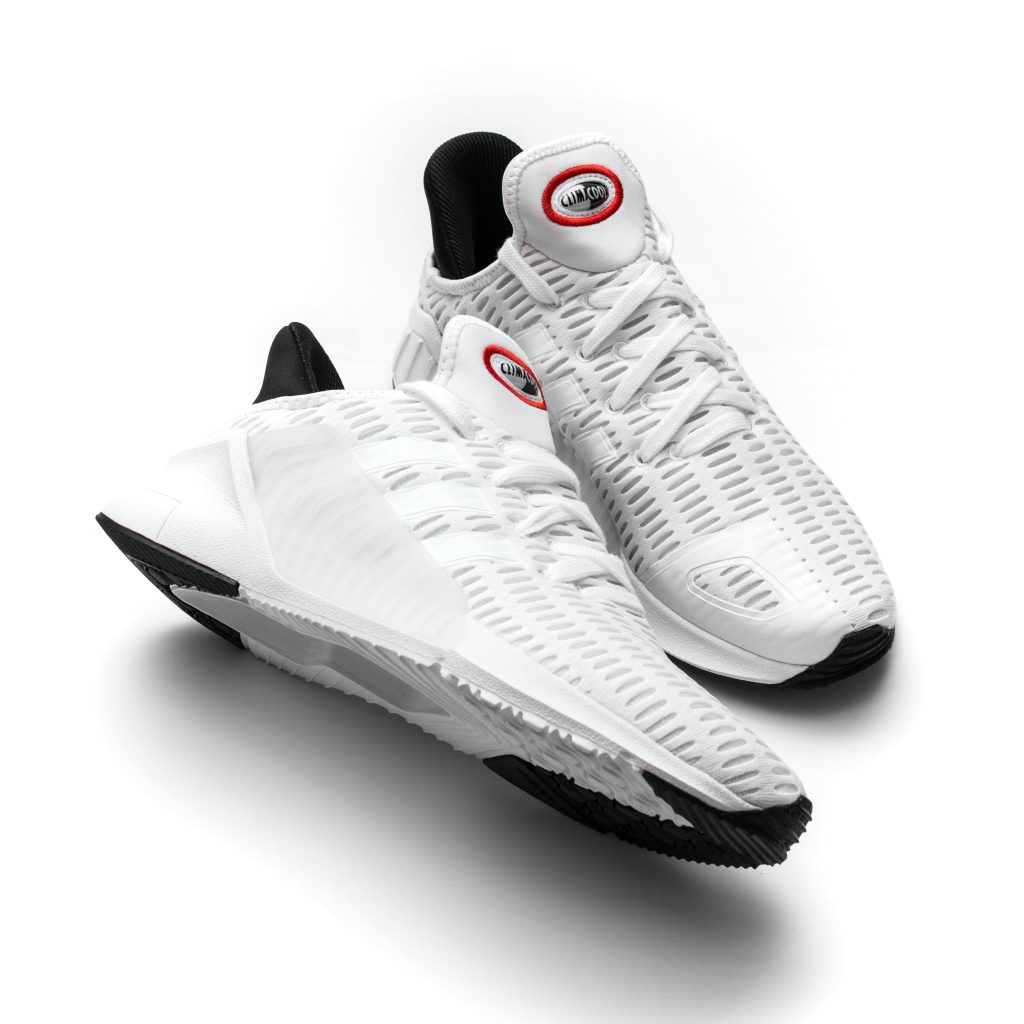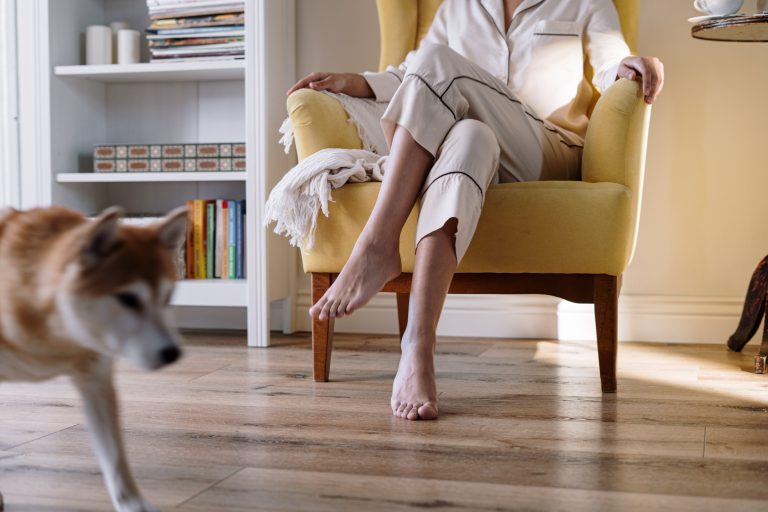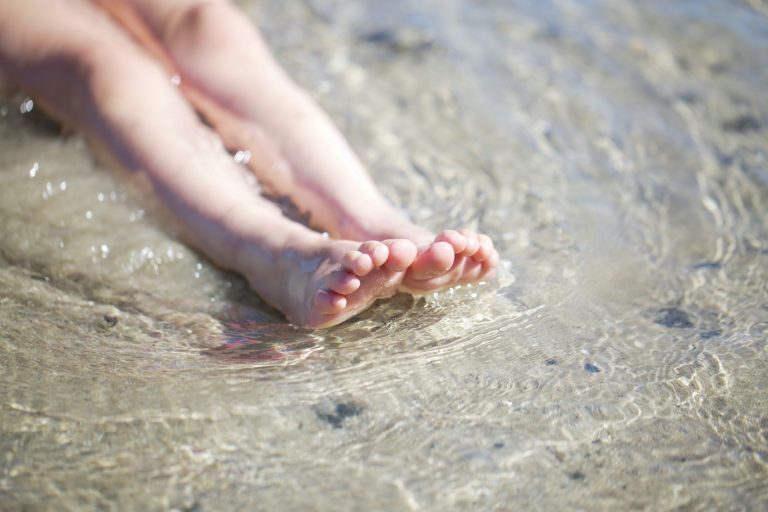Why is Breathable Material Important for Shoes? | Truth Revealed | 2023
Table of Contents
Introduction
In this article, we’ll delve into the significance of breathable materials for shoes, When it comes to choosing the perfect pair of shoes, comfort is a top priority for most people. Whether you’re a fitness enthusiast, a fashion-forward individual, or someone who simply values a pain-free day on your feet, the importance of breathable materials in footwear cannot be overstated. exploring the science behind it and why it matters to your overall foot health and comfort.
The Basics of Breathability
Understanding the Mechanism
Before we dive deeper, let’s clarify what we mean by “breathable materials” in shoes. Breathable materials refer to those that allow the exchange of air between the inside and outside of the shoe. This exchange is crucial in maintaining a healthy environment for your feet.

The Role of Sweat
Our feet are no strangers to sweat, and during daily activities or workouts, they can generate a significant amount of moisture. Without proper ventilation, this sweat can become trapped inside the shoe, leading to a host of issues, including odors and skin problems.
Benefits of Breathable Shoes
Odor Prevention
One of the most common problems faced by those who wear non-breathable shoes is the unpleasant odor that often accompanies them. When your feet sweat, the moisture becomes a breeding ground for bacteria, which release foul-smelling compounds. Breathable materials help in moisture evaporation, reducing the chances of this unwelcome odor.
Skin Health
Proper ventilation ensures that your feet remain dry, reducing the risk of skin irritations such as blisters, athlete’s foot, and calluses. Breathable materials keep your skin comfortable and healthy, even during extended periods of wear.
Temperature Regulation
Breathable shoes help regulate the temperature inside the shoe, preventing your feet from getting too hot or too cold. This is especially important in extreme weather conditions, as it can impact your overall comfort and performance.
Types of Breathable Materials
Mesh Fabrics
Mesh is a popular choice for breathable shoe uppers. Its open structure allows air to circulate freely, making it an excellent option for athletic shoes and casual footwear.
Gore-Tex Technology
Gore-Tex is a waterproof yet breathable material often used in outdoor and hiking shoes. It keeps water out while letting moisture escape, keeping your feet dry and comfortable.
Leather
Although not as breathable as mesh, leather can still provide a certain level of breathability. It’s a common choice for dress shoes and casual leather sneakers.
Choosing the Right Breathable Shoes
Assessing Your Needs
The choice of breathable shoes depends on your intended use. Are you looking for running shoes, work boots, or stylish everyday wear? Each type may require different levels of breathability and support.
Proper Sizing
Ensure you choose the right shoe size to allow proper air circulation. Shoes that are too tight can inhibit breathability and lead to discomfort.
Read Reviews
Before making a purchase, read reviews and seek recommendations. Other users’ experiences can help you find the best breathable shoe for your specific needs.
Conclusion
In conclusion, breathable materials in shoes are not just a luxury but a necessity for maintaining foot health and comfort. They play a vital role in preventing odors, promoting skin health, and regulating temperature. When selecting your next pair of shoes, consider the material’s breathability to ensure your feet stay happy and healthy.
FAQs
- How do I clean breathable shoes? Cleaning breathable shoes is relatively easy. Use a damp cloth and mild soap to wipe the exterior. Remove the insoles and wash them separately. Allow the shoes to air dry.
- Can breathable shoes be waterproof? Some breathable shoes, like those with Gore-Tex technology, offer waterproof properties while maintaining breathability. Look for shoes specifically designed for this purpose.
- Are there breathable options for formal footwear? Yes, certain formal shoes are made with breathable materials like perforated leather to ensure comfort without sacrificing style.
- Can I wear breathable shoes in cold weather? Yes, breathable shoes can be worn in cold weather, but you may need to pair them with warm socks to maintain comfort.
- Are there any downsides to breathable shoes? While breathable shoes offer numerous benefits, they may not provide as much insulation in extremely cold conditions. It’s important to choose the right shoes for the weather and activity.





Leave a comment